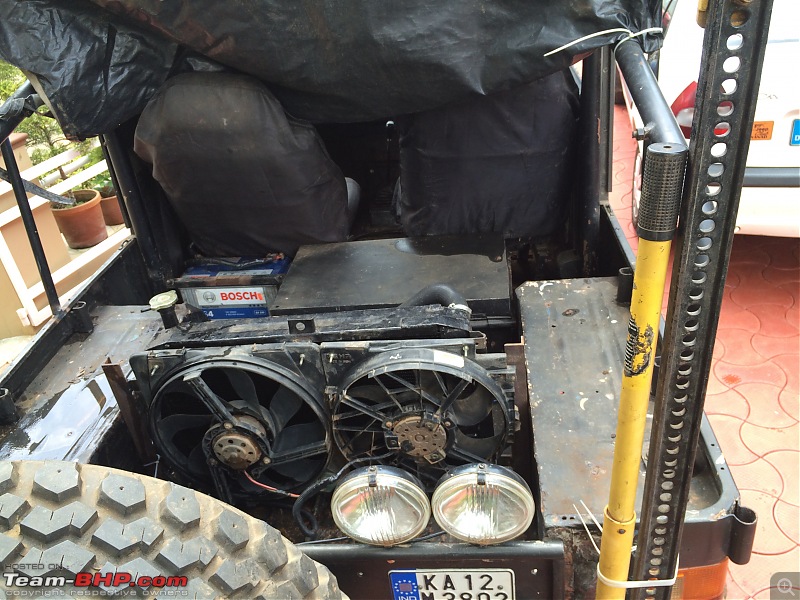| | #1 |
| Distinguished - BHPian  Join Date: Oct 2009 Location: Chennai
Posts: 4,435
Thanked: 11,478 Times
| |
| |  (36)
Thanks (36)
Thanks
|
| |
| | #2 |
| BHPian Join Date: Aug 2009 Location: Coimbatore
Posts: 805
Thanked: 1,351 Times
| |
| |  (2)
Thanks (2)
Thanks
|
| | #3 |
| BHPian Join Date: Apr 2010 Location: Bangaloru
Posts: 293
Thanked: 425 Times
| |
| |  (1)
Thanks (1)
Thanks
|
| | #4 |
| BHPian Join Date: Apr 2009 Location: Seattle
Posts: 585
Thanked: 81 Times
| |
| |  (7)
Thanks (7)
Thanks
|
| | #5 |
| Senior - BHPian Join Date: Dec 2007 Location: CNN/BLR
Posts: 4,337
Thanked: 10,626 Times
| |
| |  (5)
Thanks (5)
Thanks
|
| | #6 |
| Distinguished - BHPian  Join Date: Oct 2009 Location: Chennai
Posts: 4,435
Thanked: 11,478 Times
| |
| |  (2)
Thanks (2)
Thanks
|
| | #7 |
| Senior - BHPian Join Date: Jul 2009 Location: Calcutta
Posts: 4,668
Thanked: 6,233 Times
| |
| |  (1)
Thanks (1)
Thanks
|
| | #8 |
| Distinguished - BHPian  Join Date: Oct 2009 Location: Chennai
Posts: 4,435
Thanked: 11,478 Times
| |
| |
| | #9 |
| Senior - BHPian Join Date: Dec 2007 Location: CNN/BLR
Posts: 4,337
Thanked: 10,626 Times
| |
| |
| | #10 |
| Senior - BHPian | |
| |
| | #11 |
| Distinguished - BHPian  Join Date: Oct 2009 Location: Chennai
Posts: 4,435
Thanked: 11,478 Times
| |
| |  (1)
Thanks (1)
Thanks
|
| |
| | #12 |
| Team-BHP Support  | |
| |  (4)
Thanks (4)
Thanks
|
| | #13 |
| BHPian Join Date: Dec 2008 Location: jaipur
Posts: 125
Thanked: 151 Times
| |
| |  (1)
Thanks (1)
Thanks
|
| | #14 |
| BHPian Join Date: May 2013 Location: shimla
Posts: 282
Thanked: 327 Times
| |
| |
| | #15 |
| Distinguished - BHPian  Join Date: Oct 2009 Location: Chennai
Posts: 4,435
Thanked: 11,478 Times
| |
| |
 |
Most Viewed









 .
. 
